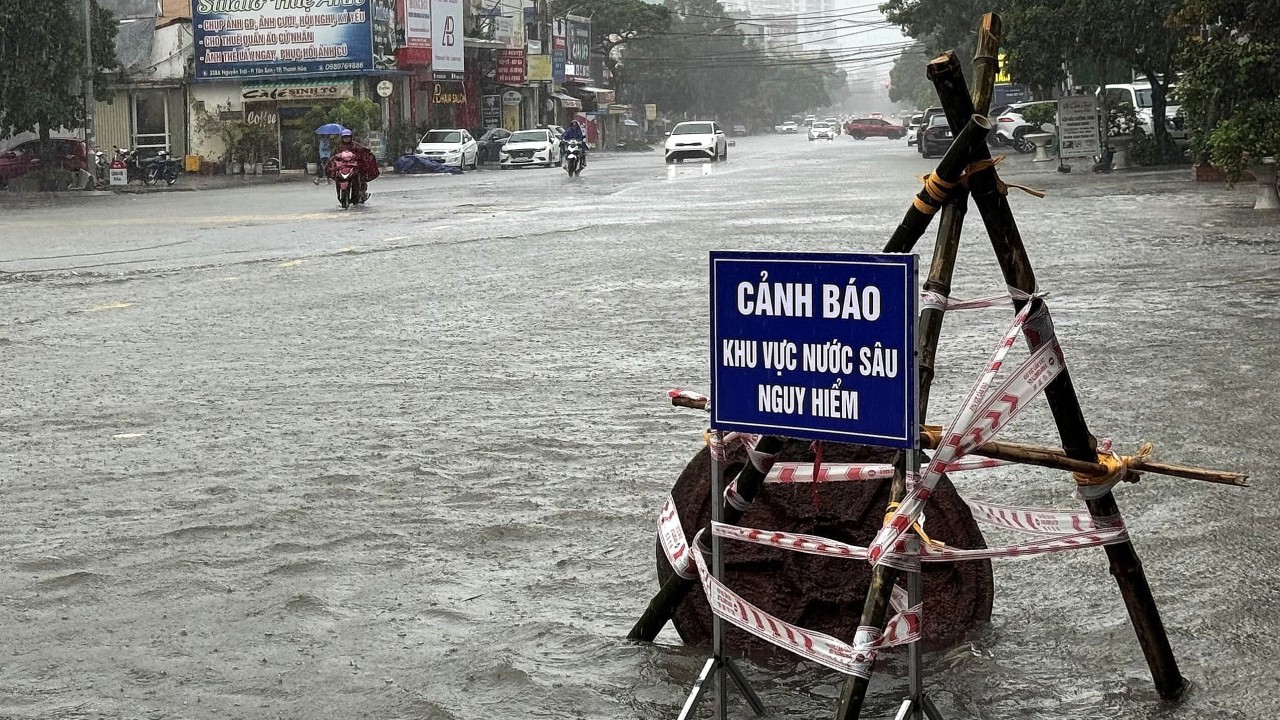The tsunami warnings that followed the powerful earthquake off Russia’s Kamchatka peninsula on Wednesday were another jarring reminder of Asia’s vulnerability to natural disasters and a wake-up call for the region to strengthen its defences before the next crisis hits.
Advertisement
Extreme weather has once again been testing the region’s resilience in recent weeks. Earlier this month, Typhoon Wipha lashed parts of Southeast Asia, unleashing floods, disrupting flights and damaging infrastructure. Hong Kong was hit by a fierce rainstorm during the morning rush hour, even as it was recovering from the typhoon.
As climate change accelerates and such weather events grow more frequent and intense, regional governments face a critical question: can they leverage technology such as artificial intelligence (AI) in disaster management while grappling with challenges ranging from power supply constraints to a shortage of workers with the relevant skills?
A recent Deloitte report estimates that natural disasters could inflict US$460 billion in annual damage to infrastructure globally by 2050 – more than double the average in the past 15 years. AI-powered early warning, detection and response systems could help reduce global disaster-related costs by US$70 billion annually, according to the report.
Emerging economies account for a majority of global infrastructure investments. “So while the hazard profile is accelerating, the value of the assets at risk is also accelerating,” said Will Symons, Deloitte’s Asia-Pacific climate and sustainability leader.
Advertisement
Collaborations between different agencies, such as those overseeing water and power within a city or country, as well as between countries at the bilateral or regional level, could boost the technological capabilities of emerging economies in combating climate change, he added.

